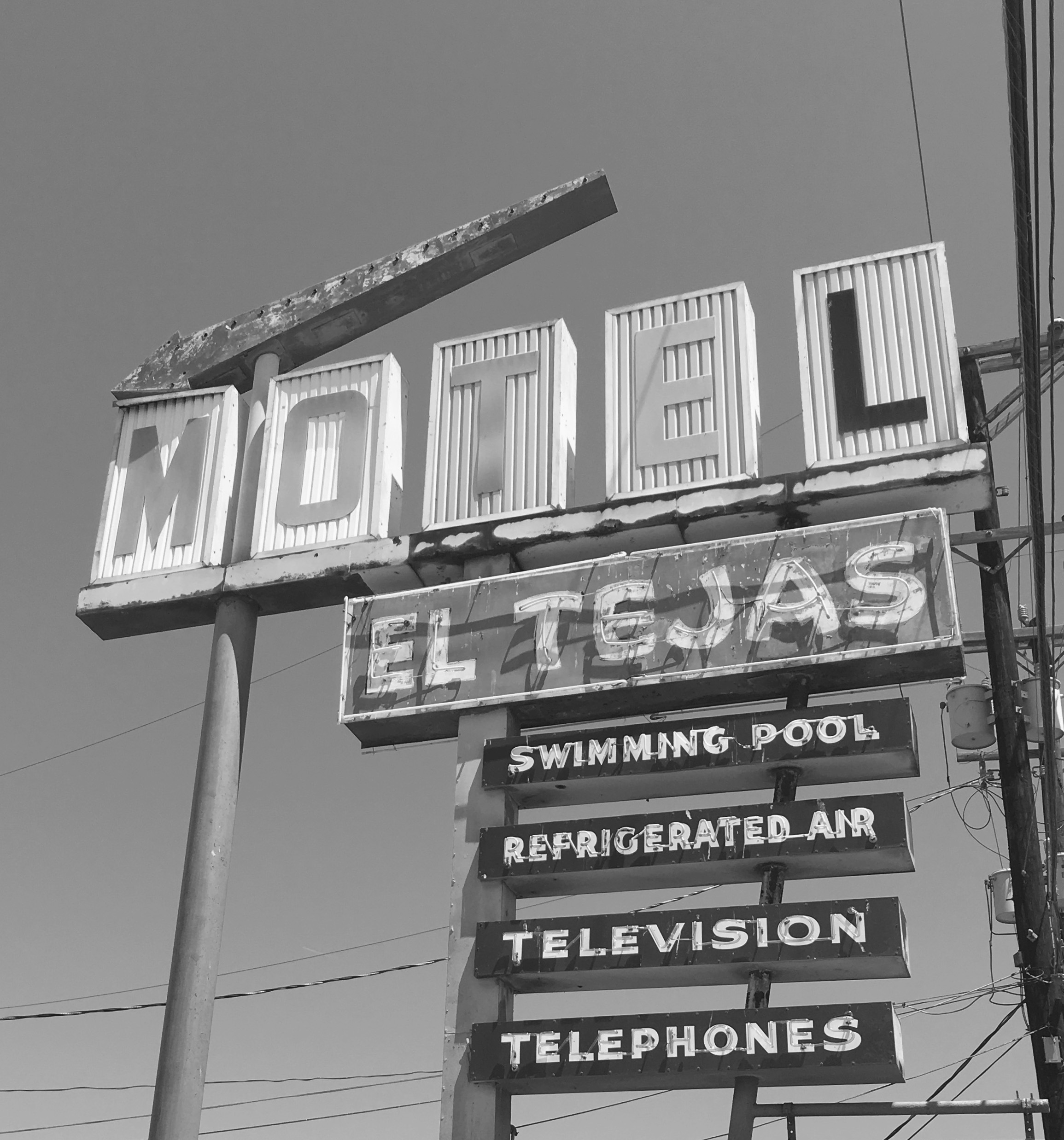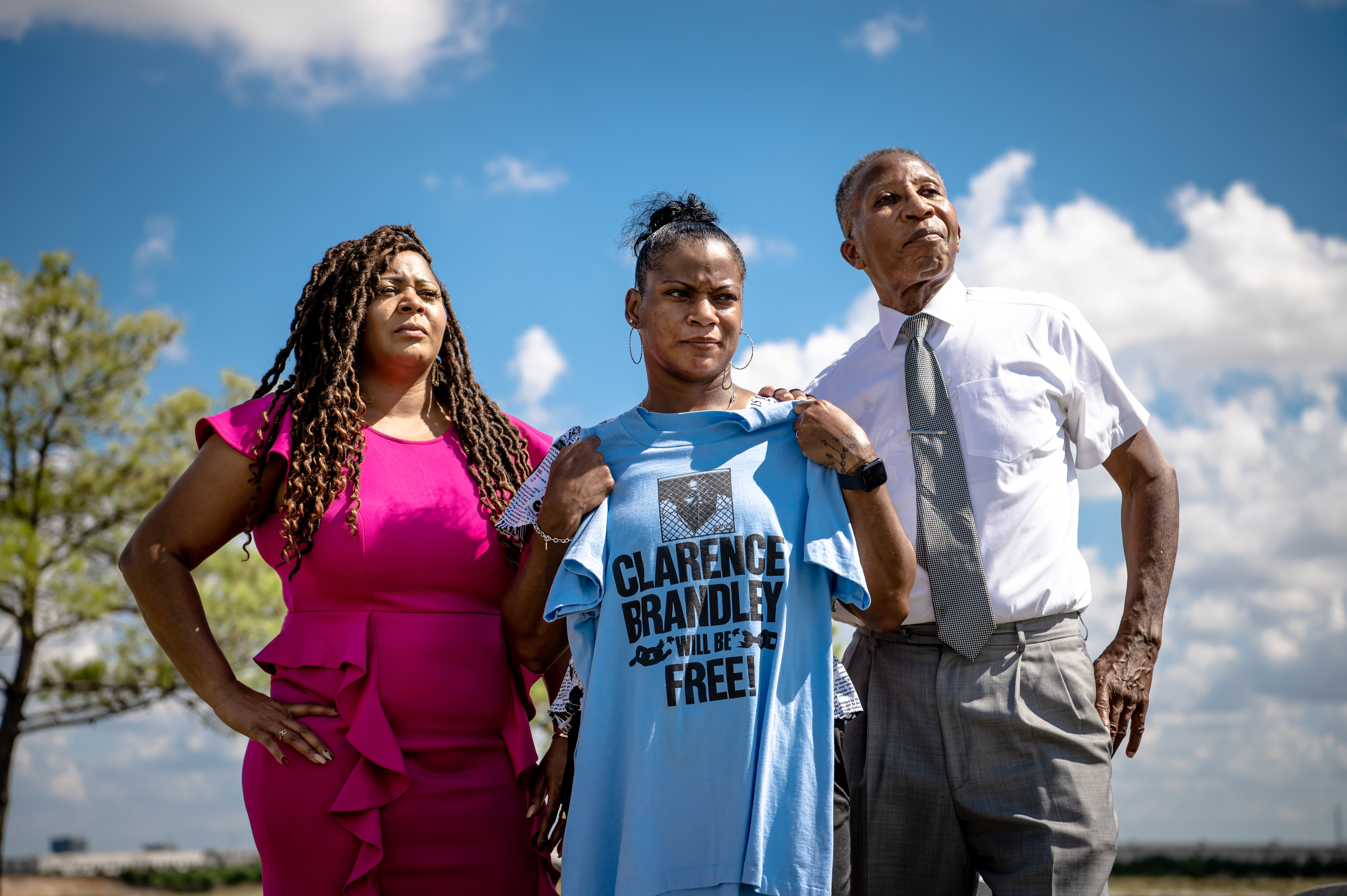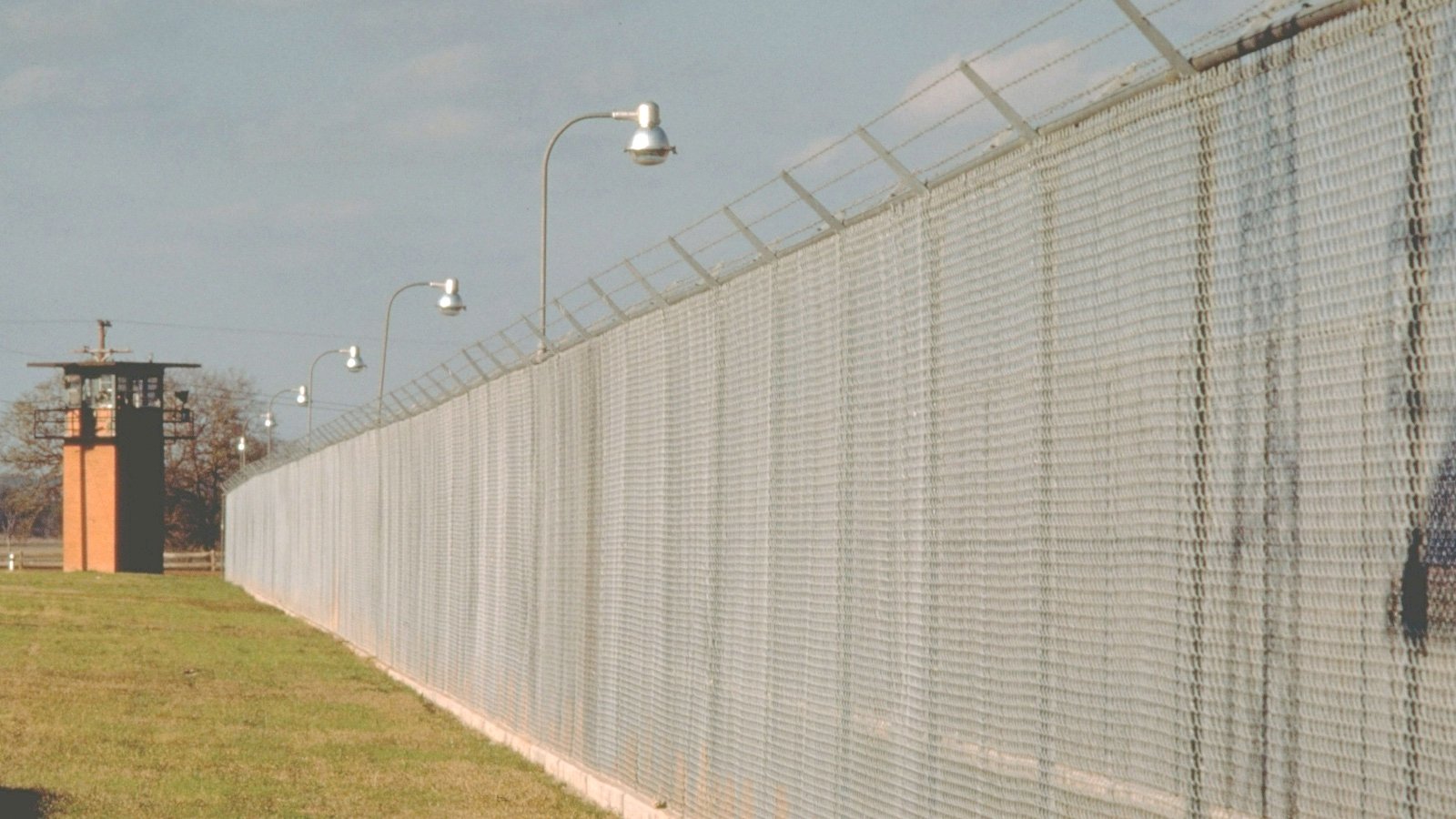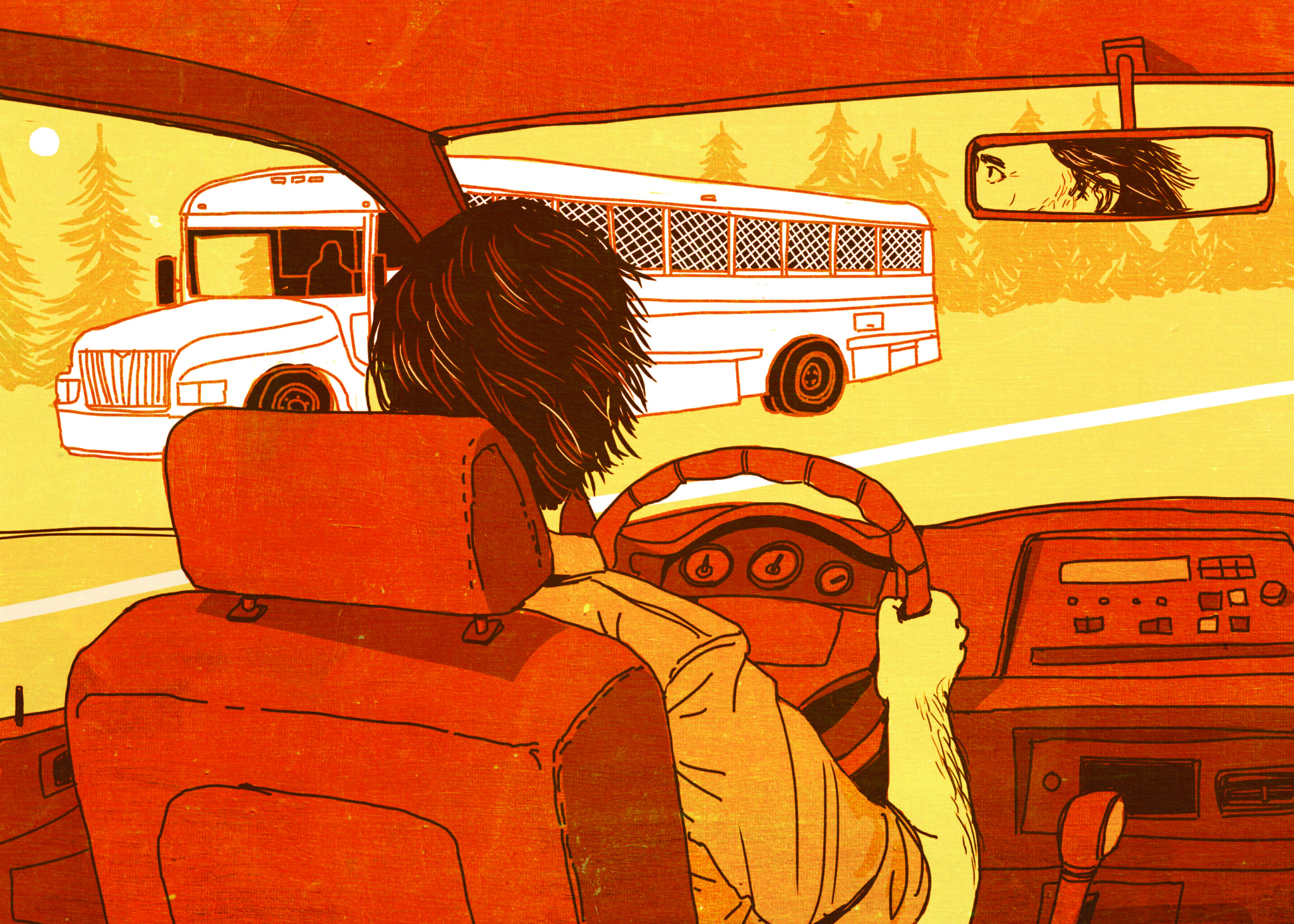
The Road to Huntsville
My days on "the chain" — the prison bus to Huntsville — are long over, but they're still with me.
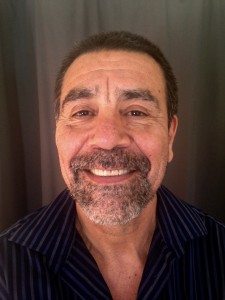
A version of this story ran in the August 2017 issue.
The metal sculptures are still there as you ease your way east on Highway 21 through Caldwell. You pass under a train trestle and look left on the upward slope as welded pieces of iron appear, at least a dozen looming over the highway in their rusty glory, fanciful and solid. I don’t know when I first saw them. It could’ve been in 1977, when I first was transported to Huntsville while chained to another man, or on any of the dozens of trips since — some driving myself, some handcuffed again. I don’t know whether the artworks anchored into the East Texas landscape induced terror or wonder. But they mark my memory, and seeing them as I drive with my brother to a relative’s graduation from Sam Houston State University (SHSU) in Huntsville soothes me. I am going home.
I crank down the windows to invite the warm breeze in. My brother complains and I ignore him, reveling in the freedom to operate my own window, my own seat, fiddle with the radio. I’ve loved driving long distances ever since my father and I drove from Dimmitt in the Texas Panhandle to Corpus Christi to visit his mother in Spohn Hospital the year I was 13. He coaxed me into driving his old GMC pickup at night and laughed himself silly as I swerved over moonlit roads, my feet confused between clutch and brake. I’ve driven from Austin to Albuquerque, the West Texas plains unwinding into the Sandias of New Mexico. The spring of 2009 a friend and I drove from Austin to Maine. I am never so intoxicated with life and possibility as when on the road, even when that road has led to prison.
I’ve spent 27 years in Texas prisons for robbery. Eleven of those years I was assigned to units in Huntsville, 11 years measured by count times and recreation, cleaning turnrows under the guns of mounted guards and entering data into prison computers in air-conditioned warehouses, increments measured and relieved by visits from my relatives and friends. I spent one year living in Huntsville after my second release, playing softball at Kate Barr Ross Park a month after watching games played under those lights while in prison, half a mile away and up the hill. I attended SHSU classes in prison and on campus, was the assistant editor for the prison paper, the Echo, and was editor for the Houstonian, the SHSU campus paper, while working at the Huntsville Item. I have lived longer within the city confines of Huntsville than anywhere else in Texas. I dream of Huntsville, its iron cages and magnificent woods, of screams echoing down bloody hallways and of the fowl in local parks that preen in the background of pictures I’ve taken with my only child.
There are dozens of country roads that bracket Huntsville, with names like Old Phelps Road and Possum Walk Loop, Moffett Springs Road and Tanglewood Drive. Some are starkly numbered — 75, 247 and 980, 2821 and 45. Every one of them is known to the correctional officers who drive the Bluebirds, the buses that fly into Huntsville from all over Texas, referred to as “the chain.” White and ugly, with the blue Texas Department of Criminal Justice (TDCJ) logo on the side, TDCJ chain buses carry thousands of prisoners to and from Huntsville each year, either to the Byrd Unit for intake or to the Huntsville Unit, which we called the Walls, for release. Inside each bus are men and women straining to get a glimpse of the free world as it whizzes into history. As they peer through the wrought iron welded to the windows, they are bombarded by the boasts and unlikely claims of revenge, betrayal, heartbreak and hope that make up the majority of talk among those sent to live in Texas cages.
Three times I’ve left the Travis County Jail headed to Huntsville. At least a dozen other times, I’ve been on chain buses to Huntsville, transferred in from the Robertson or Hughes or Ellis units, and then transferred out again. In 2001, after articles I’d written for the Echo angered TDCJ officials, they closed the paper and applied what old-school guards still call “bus therapy,” sending me on a pointless journey as a form of punishment. I was shipped from Huntsville to Gatesville, then back to the Walls via Dalhart, Amarillo and Abilene: roughly 1,400 miles over three days.
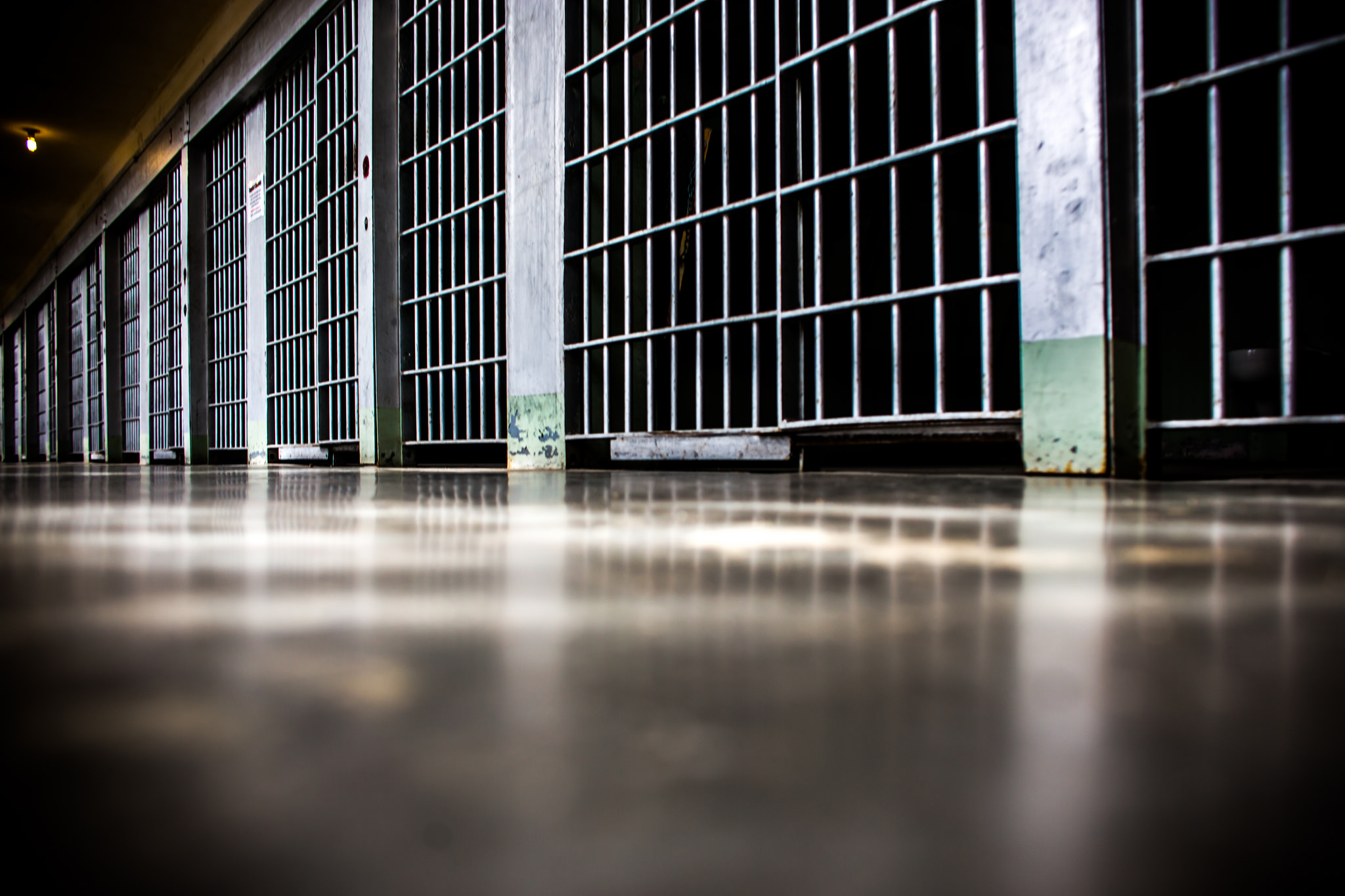
There is no mystery or romance to prison, not to the iron or stink or violent hopelessness that seeps into its very air, and certainly not to the means of transport by which people arrive or are transferred between the 110 or so TDCJ units. You are handcuffed to another person whom you have never met, and you shuffle forward when you are called. You struggle with the cuffs as you both try to maneuver up the steps and onto the bus. It’s divided into three cages, the larger, middle one for general population sandwiched between a tiny one in the rear for an armed guard and a small one in front for administrative segregation. The seats are iron. There is a tiny toilet, not covered or shielded, and the stink is constant. Most try to sleep or dream about being anywhere but here.
Chain buses are not built for comfort but for utility, and accidents happen. The most deadly in Texas resulted in the deaths of 10 people, eight of them handcuffed and two of them transport officers on a bus that skidded off an icy West Texas road and hit a passing freight train in January 2015.
Still, despite all its cruelties, the 1,400-mile “bus therapy” meant to punish me had the opposite effect. I was away from cages and cacophony when on the chain, and I always accepted the discomfort of bus rides as a welcome respite from the numbing monotony of prison, the rocking bus and green countryside rejuvenating my spirit.
Transformation finds few footholds in steel. Life in a cage too often leads to self-pity, not self-improvement. People who are incarcerated understand and struggle with those truths. We seek spaces where the spirit does not recoil: a few moments in a library, a recreation yard quieted by the rain. For me it was the road; the fact that my wrists were bound by iron made little difference.
A decade after my last chain bus ride, the horizon at the end of an unspooling highway still beckons. I absently rub my wrists as the forest whizzes by, calmed, as always, by the possibilities of a Texas road.
